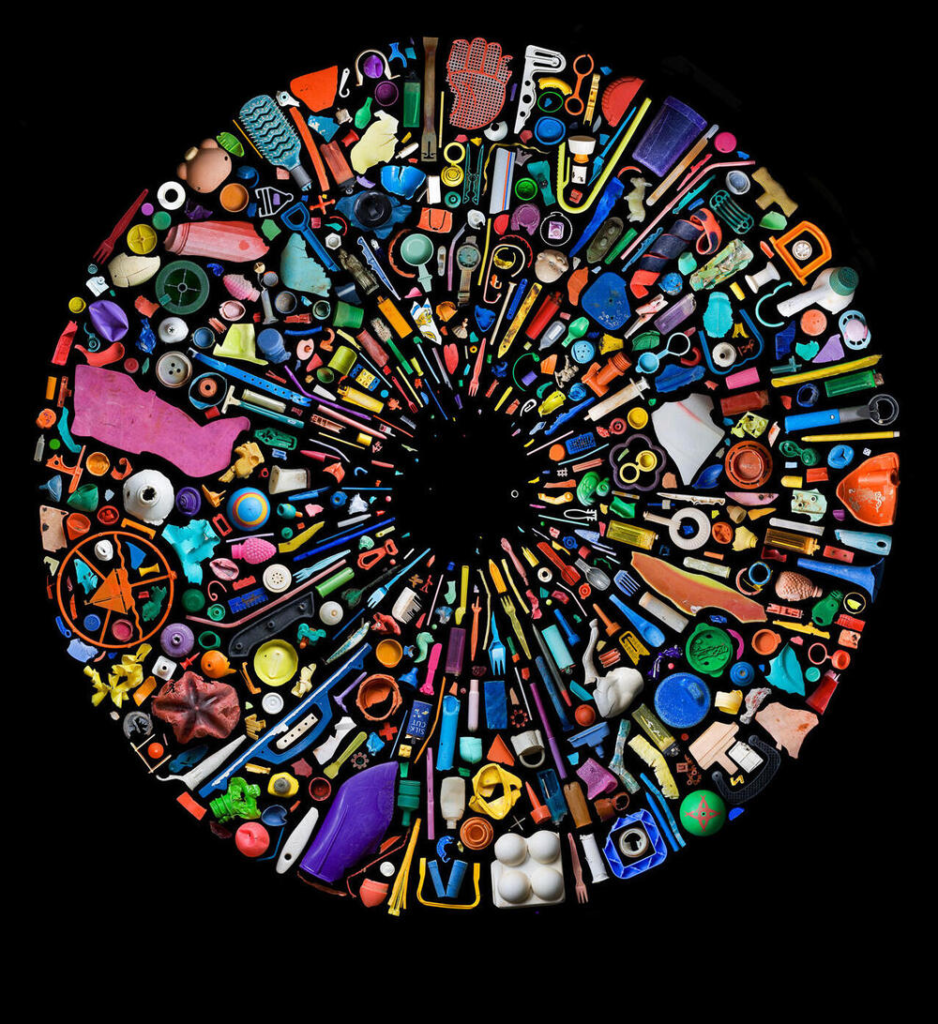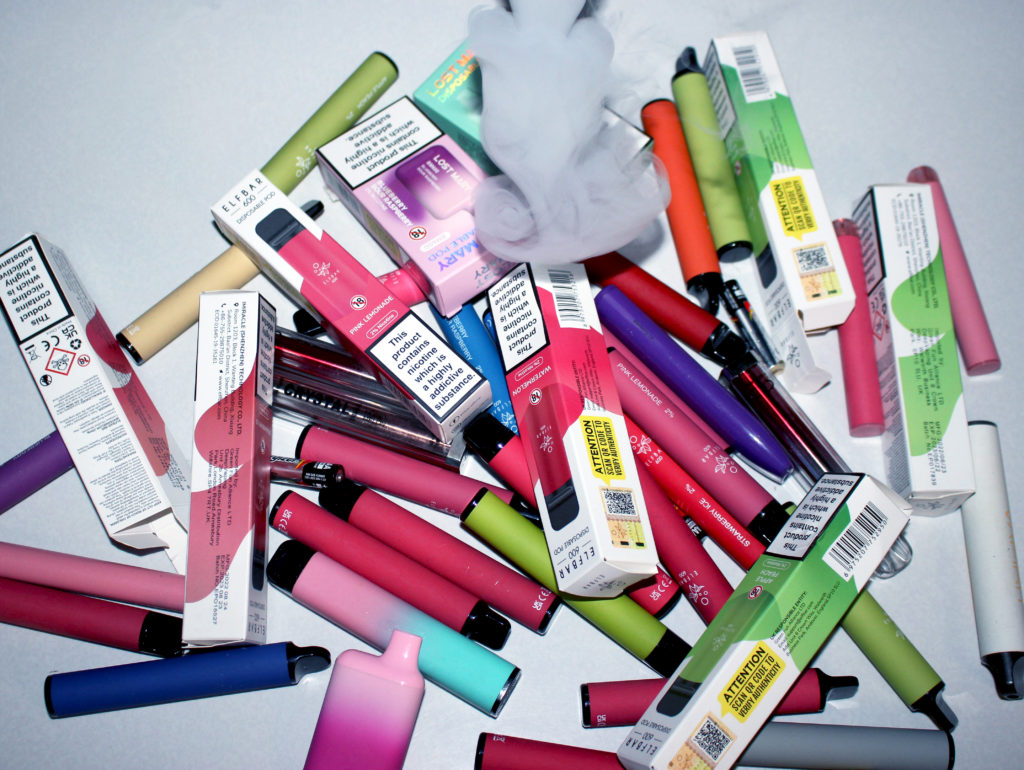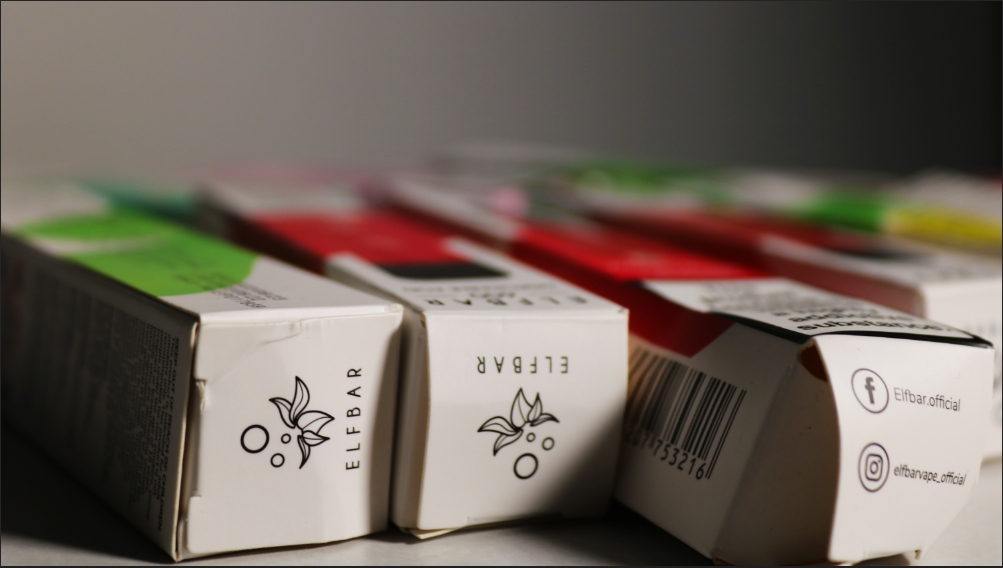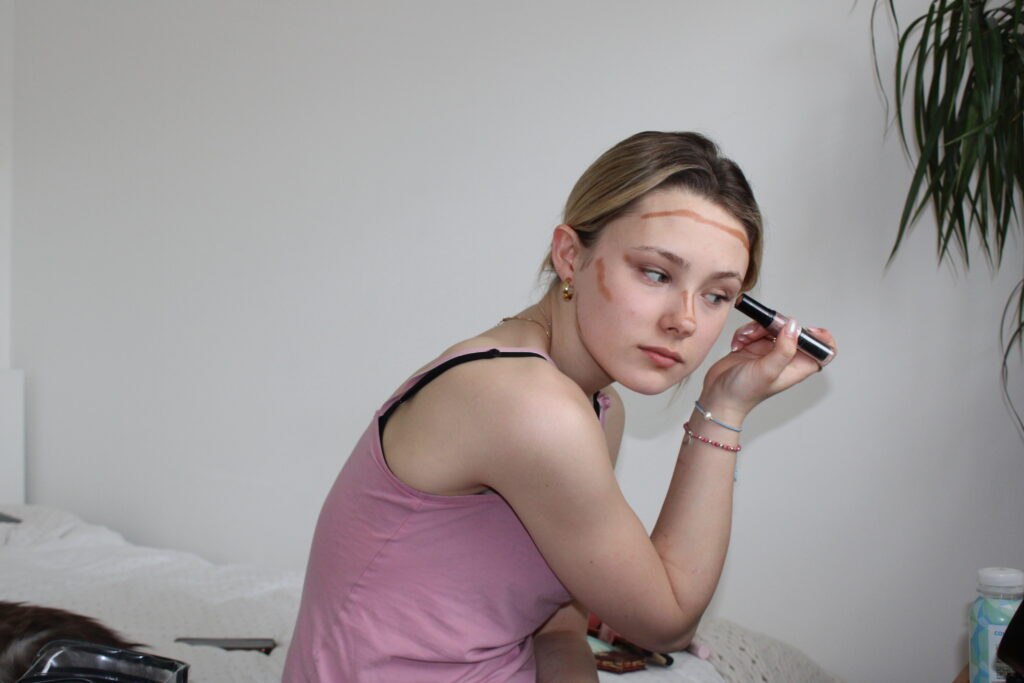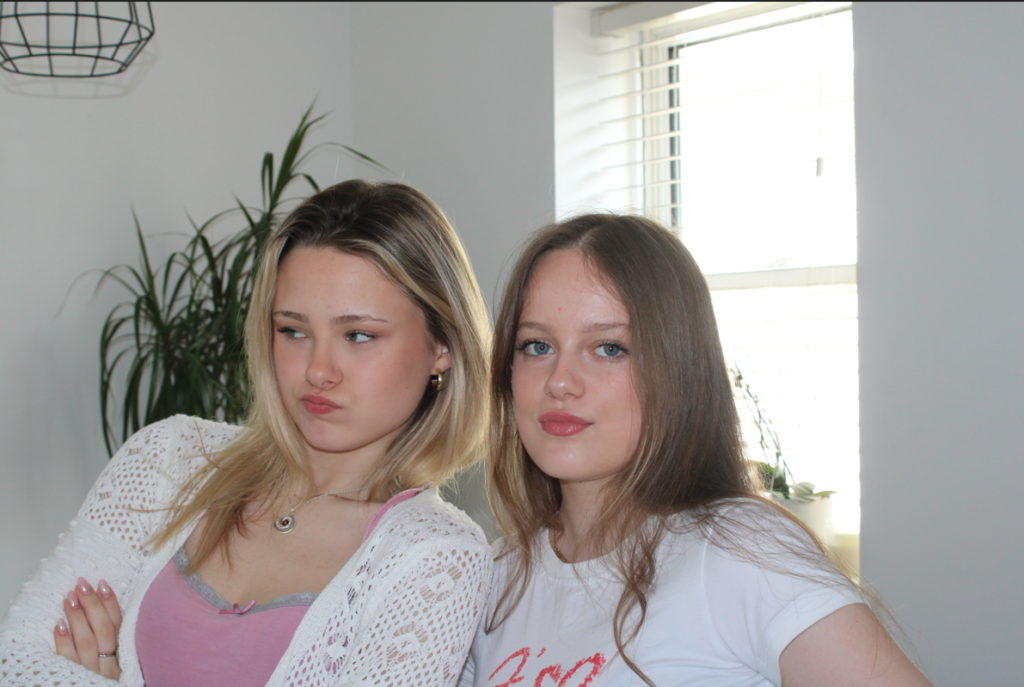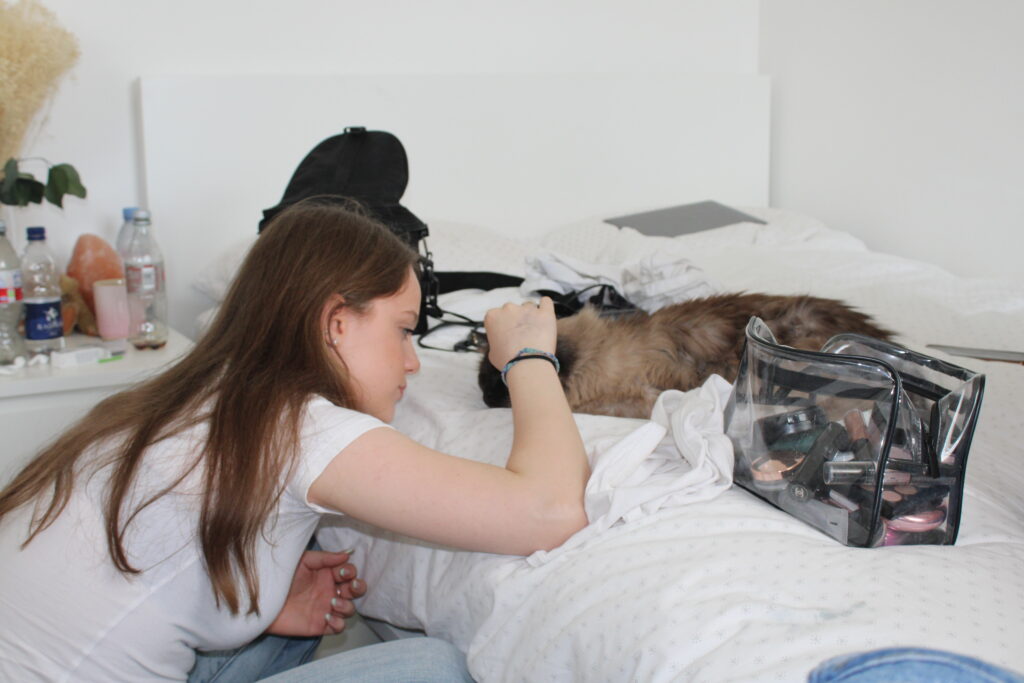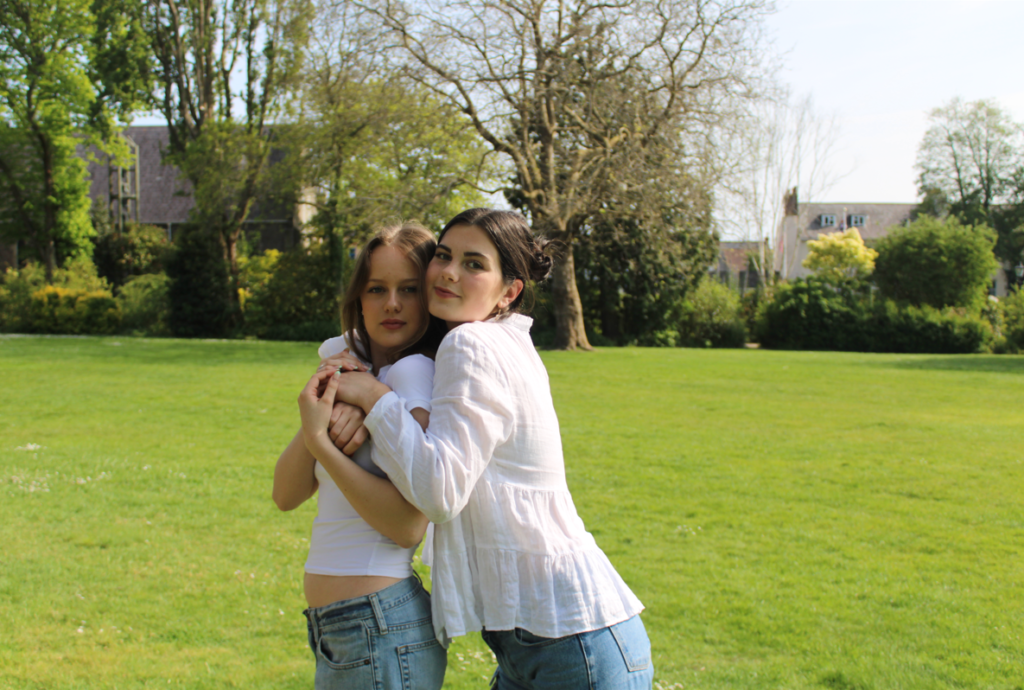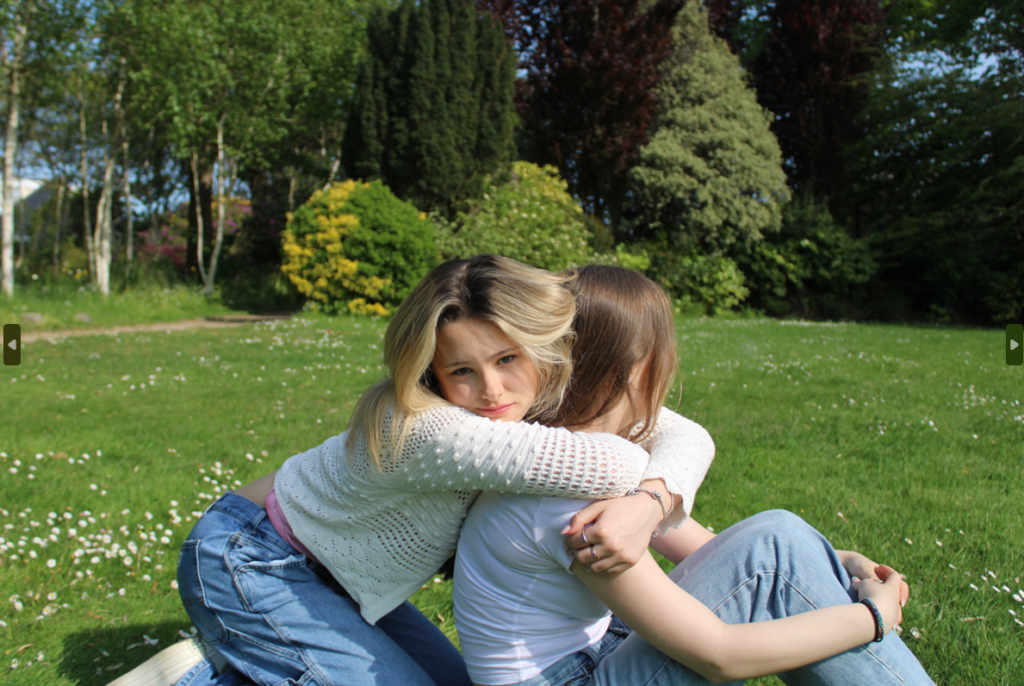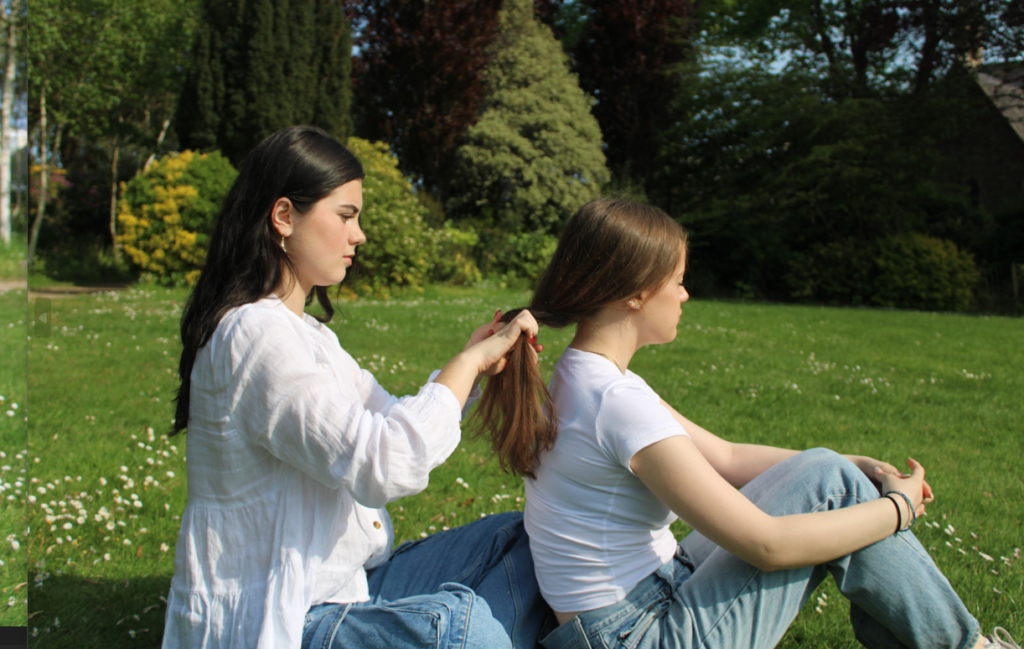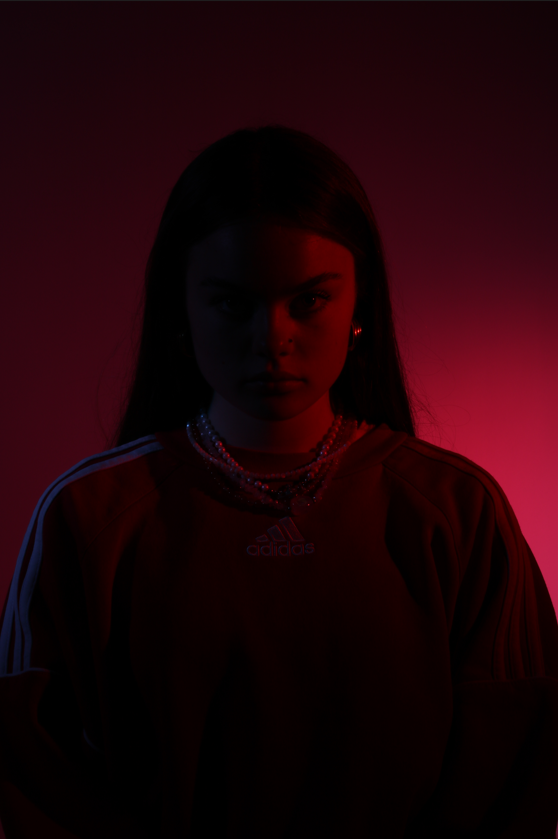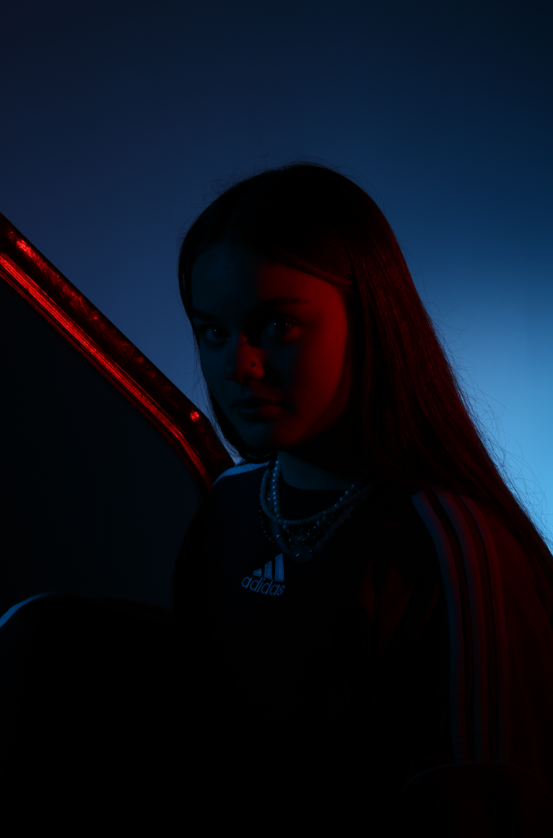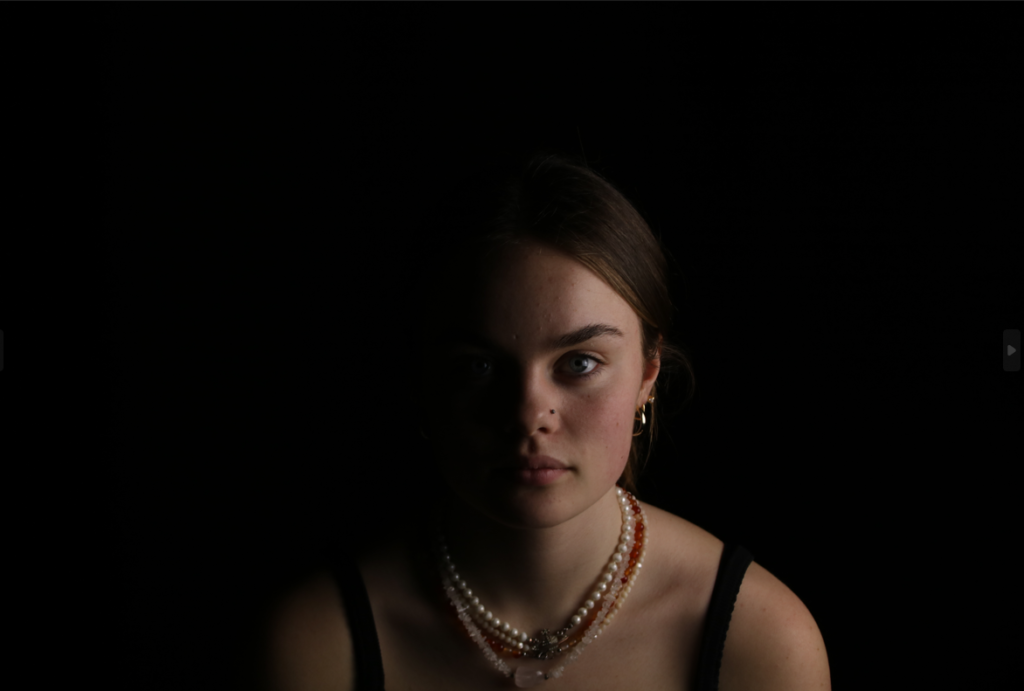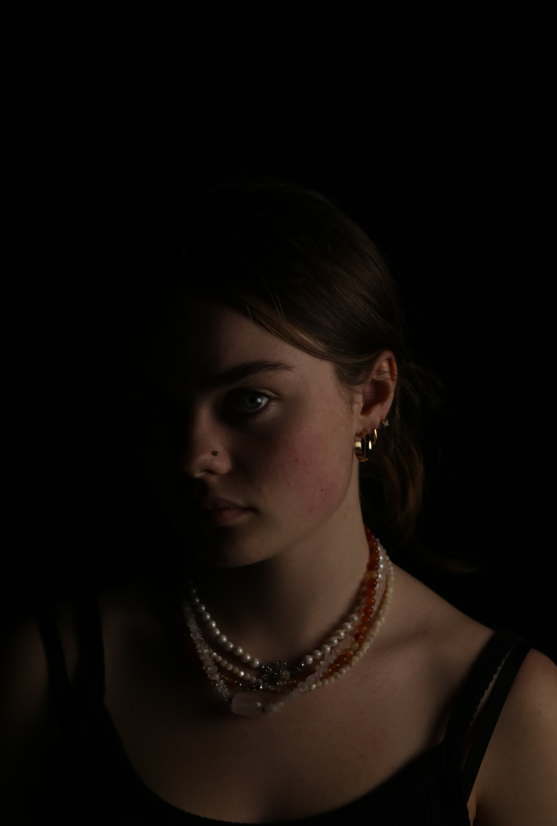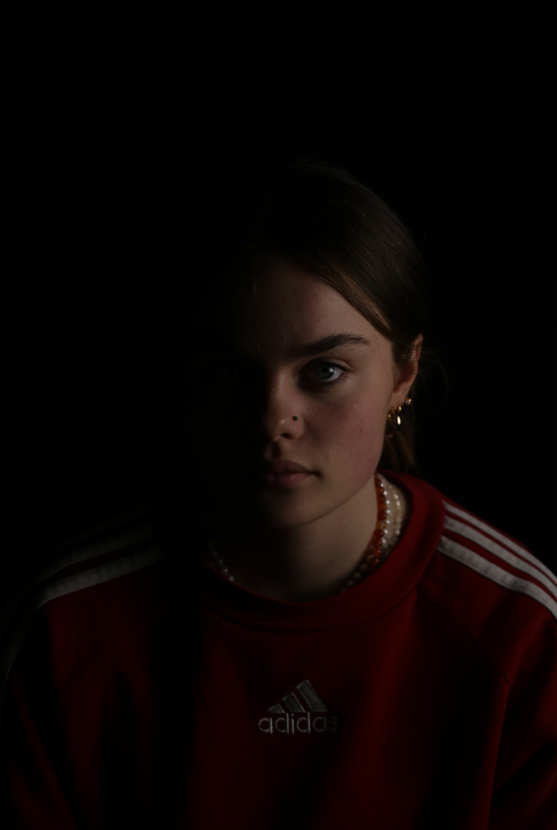Troy Paiva is an American Urban night explorer, who’s work takes place a lot of the time in the desert, where he captures abandoned, rotting, and broken down infrastructures that have been left behind. He is a light painter, by using different colours and types of lighting it creates a specific style of work which he presents in his images.

Troy explains he love taking images like these more for the aspect of his environment he works in, as he says, “I love the surreal feeling of wandering through an abandoned subdivision, alone, in the middle of nowhere, in the middle of the night. Your senses become heightened and you feel the weight of time”. With just this quote alone you can easily link his work to the “sublime” and “romanticism” as this is the whole aim of what his work expresses, abandoned areas with a brightly coloured image creates an array of emotion within the image. Troy’s belief and work relates a lot around his favourite statement of “Ozymandias”, which is a reference to an Egyptian pharaoh, who described in a poem, where his statue crumbles down, as a way to expose praise to the subject of art’s ability and preservation. So in Tory’s work he photographs abandoned, broken areas, and within his images he almost preserves it through his brightly coloured lighting.

Troy’s early life was a graphics designer, whilst still taking a couple photography classes, and even used to teach how to pain. As he grew up like many people at the time, he learned different skills in the artistic world, especially photography. By discovering light painting in photography he was hooked instantly and began to develop his work, which worked in favour of his environment, which was abandoned, mysterious areas.




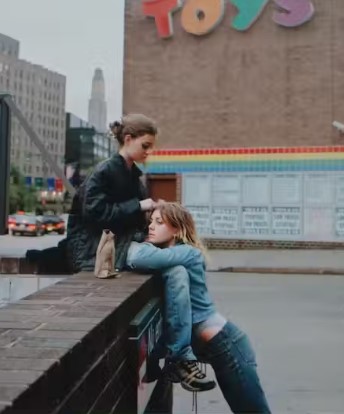


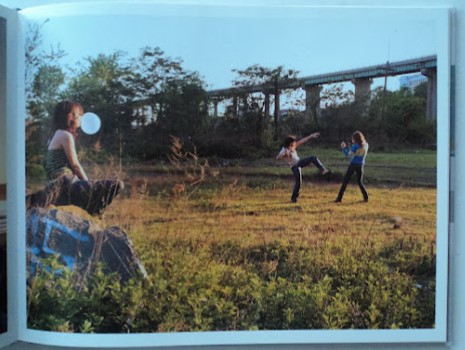
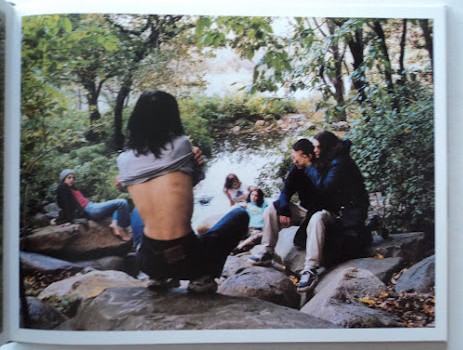
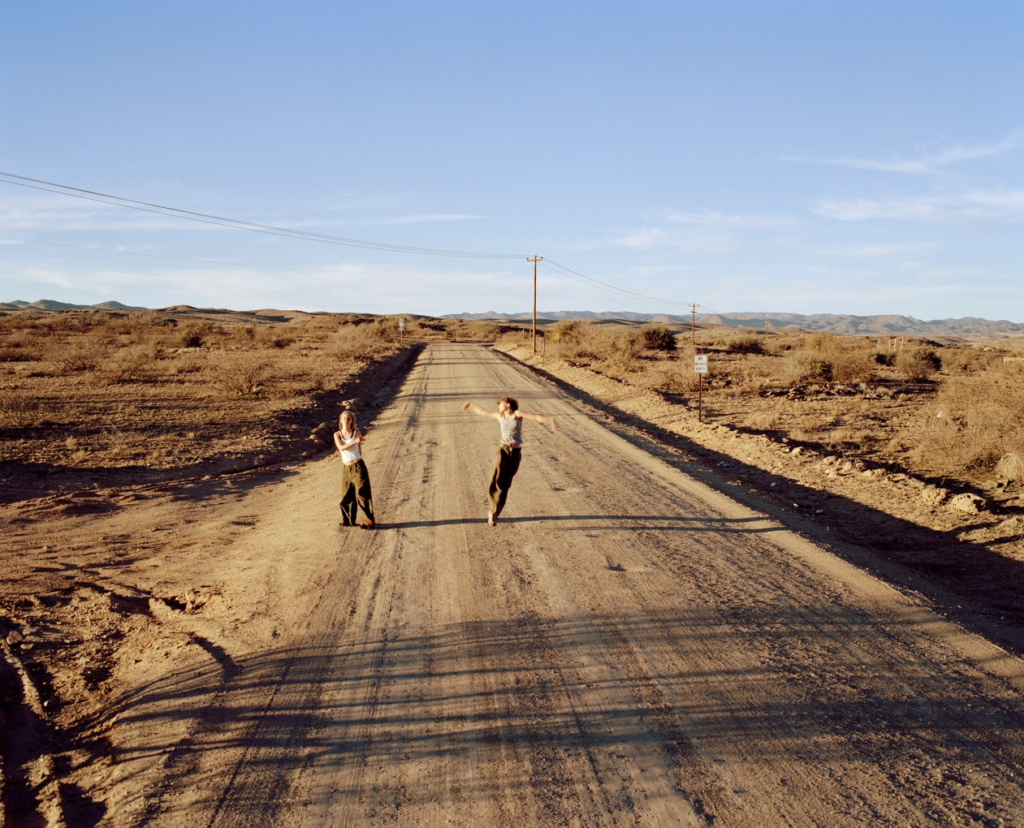

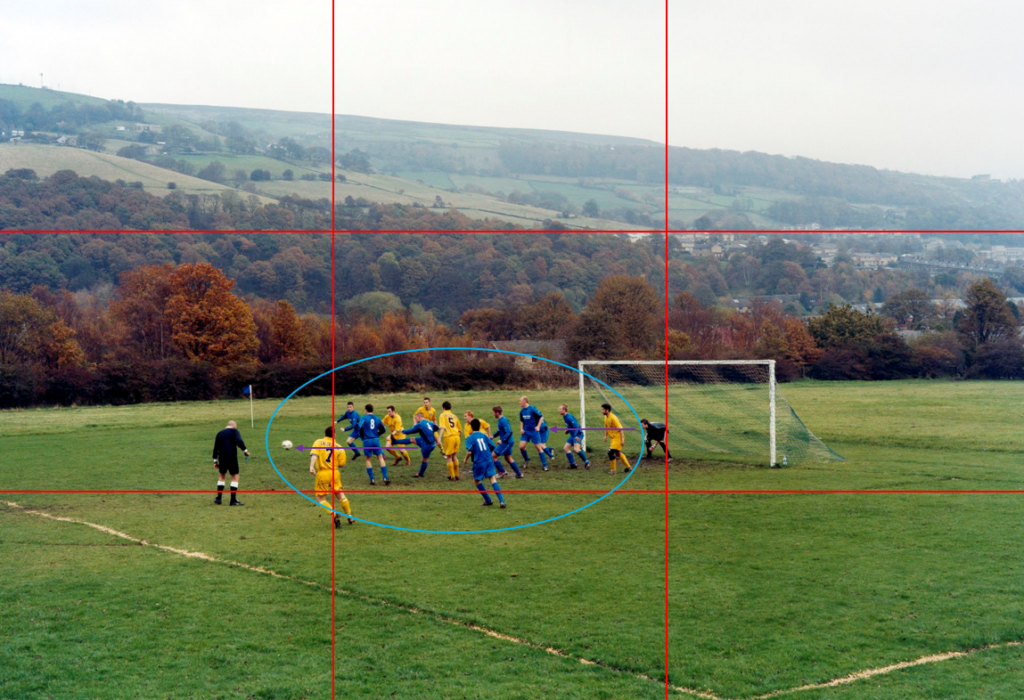
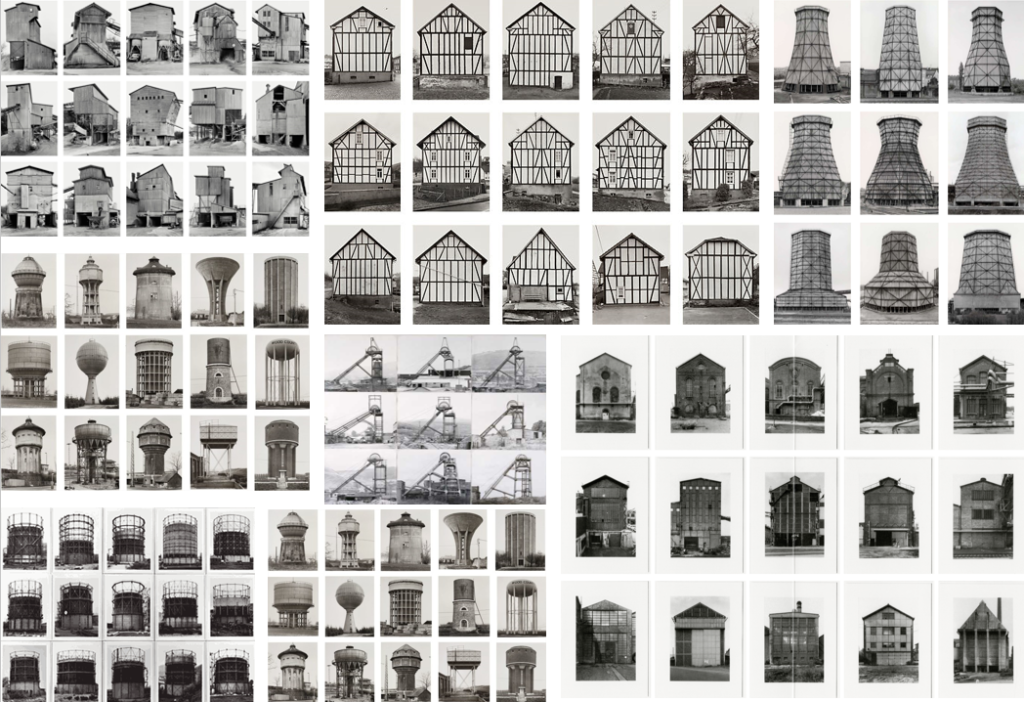




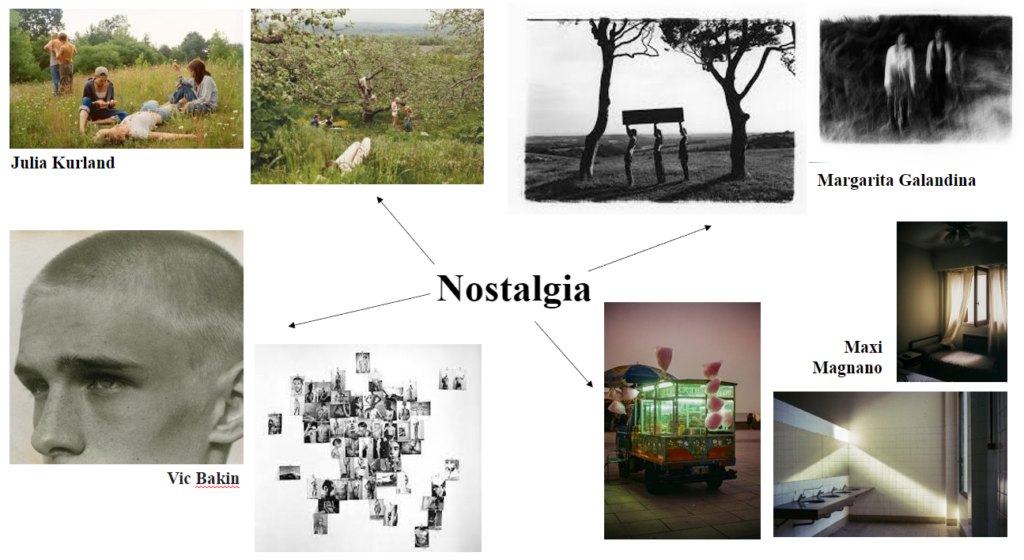













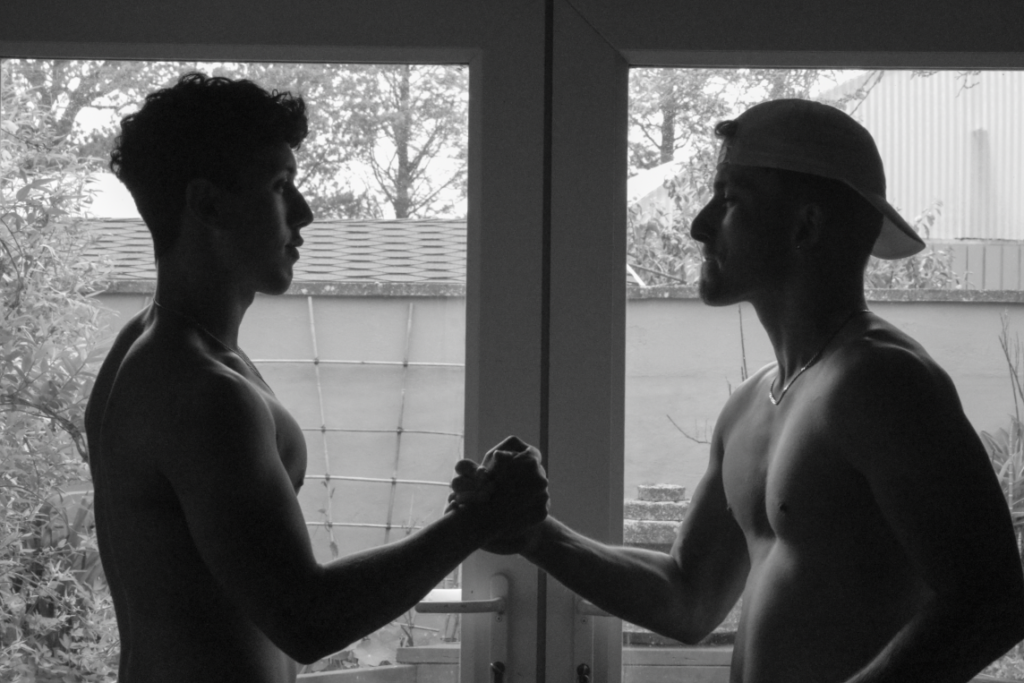





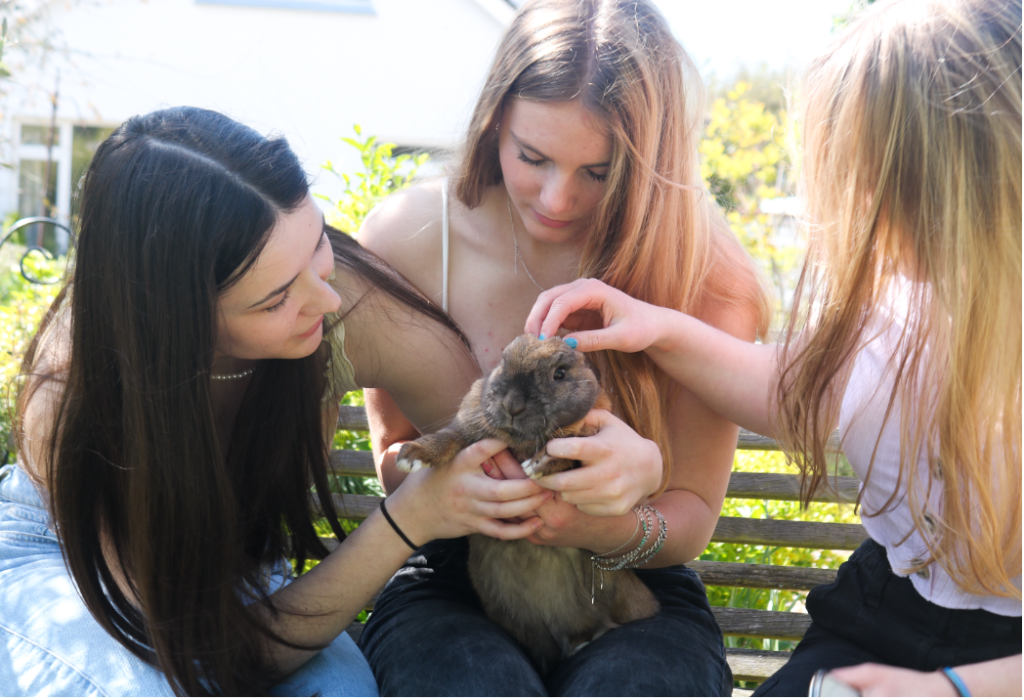
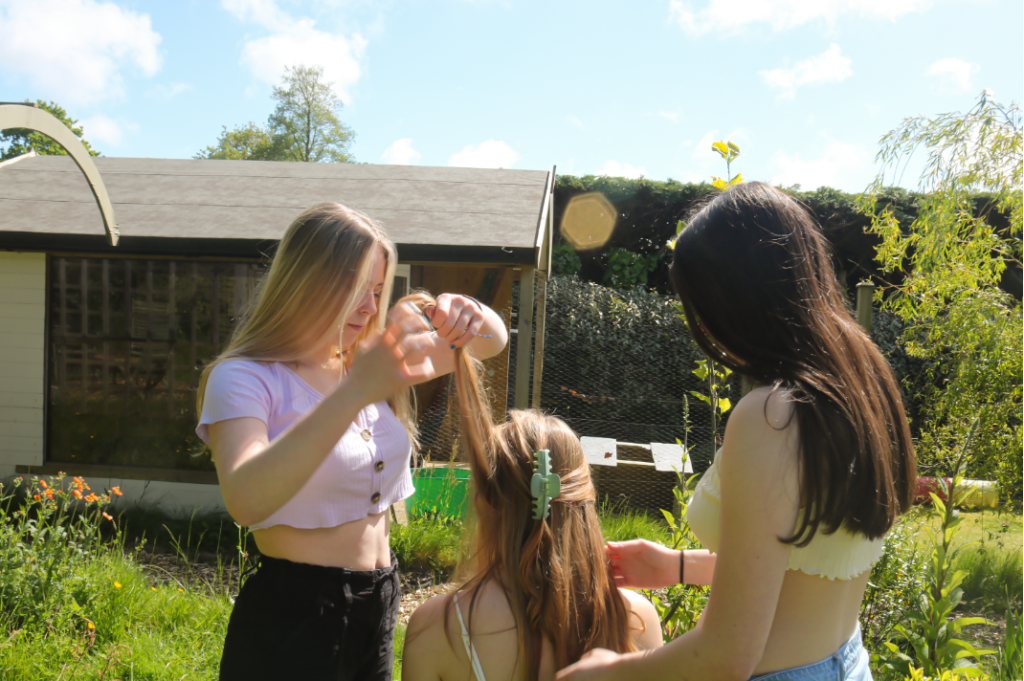



:max_bytes(150000):strip_icc()/GettyImages-610253910-e455ee50de7541eb8ccd5738756eaf62.jpg&usqp=CAU)

